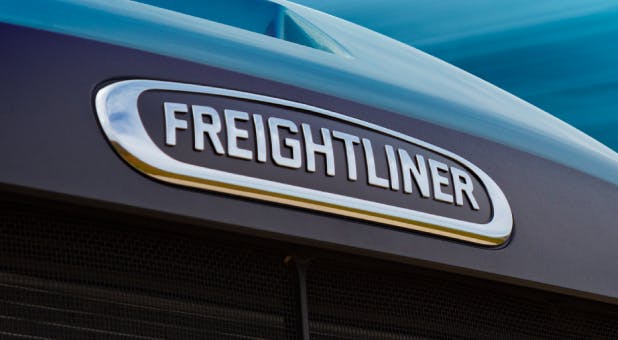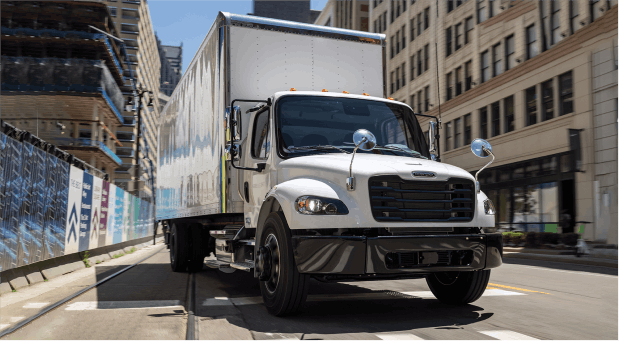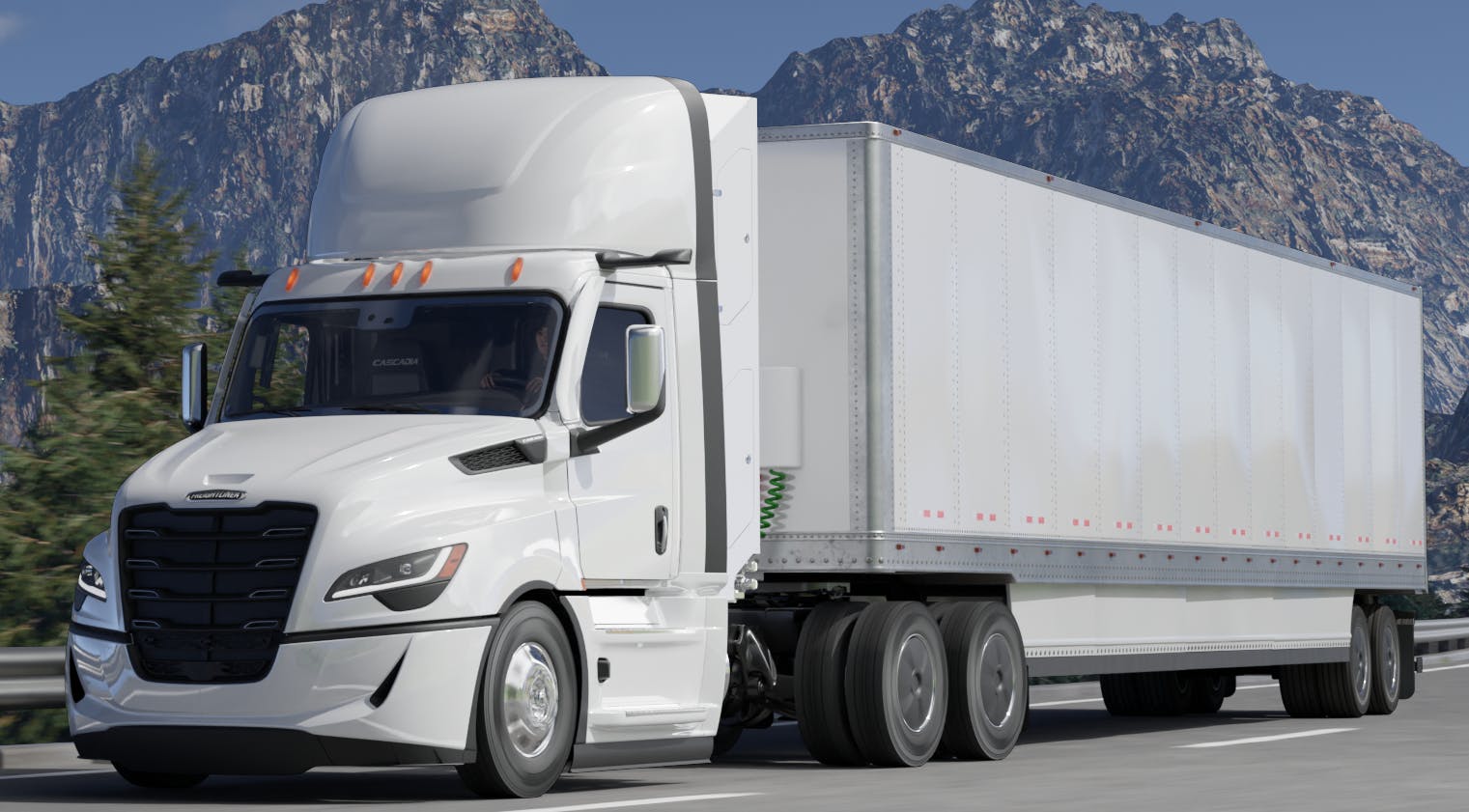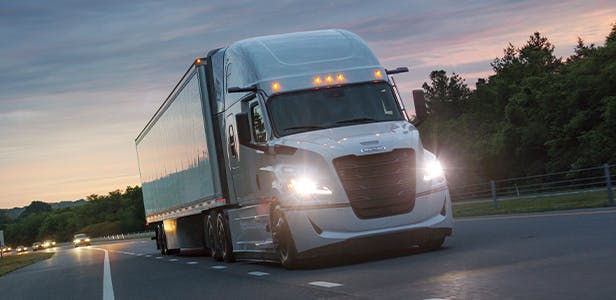Detroit eFill: Powering Answers To Your EV Questions
FREIGHTLINER Electric Trucks
Whether you’re simply curious about EV fleets or you’ve already started exploring the possibilities, you might be wondering: “How fast is EV charging?” or “How complex would the transition really be?” With Detroit eFill on your side, the answers are a little clearer. Here are three ways that our charging technology can make EV fleets easier to deploy and run.
ARE EV FLEETS COMPLICATED TO RUN?
It’s easy to assume that EV charging, and all the new technology that comes with it, would be complex to manage. However, it is precisely this Detroit eFill technology that helps keep your entire solution simple.
Charge Management Services Keep Things Simple.
Detroit Charge Management Services (CMS) is a powerful software solution that will give you a bird’s-eye view of your electric fleet. Integrating directly with Detroit Connect®, our CMS enables you to remotely manage charging sessions, review actionable charger-generated error messages and failed charging events, and create reports about utilization and energy dispensed for each charging station.
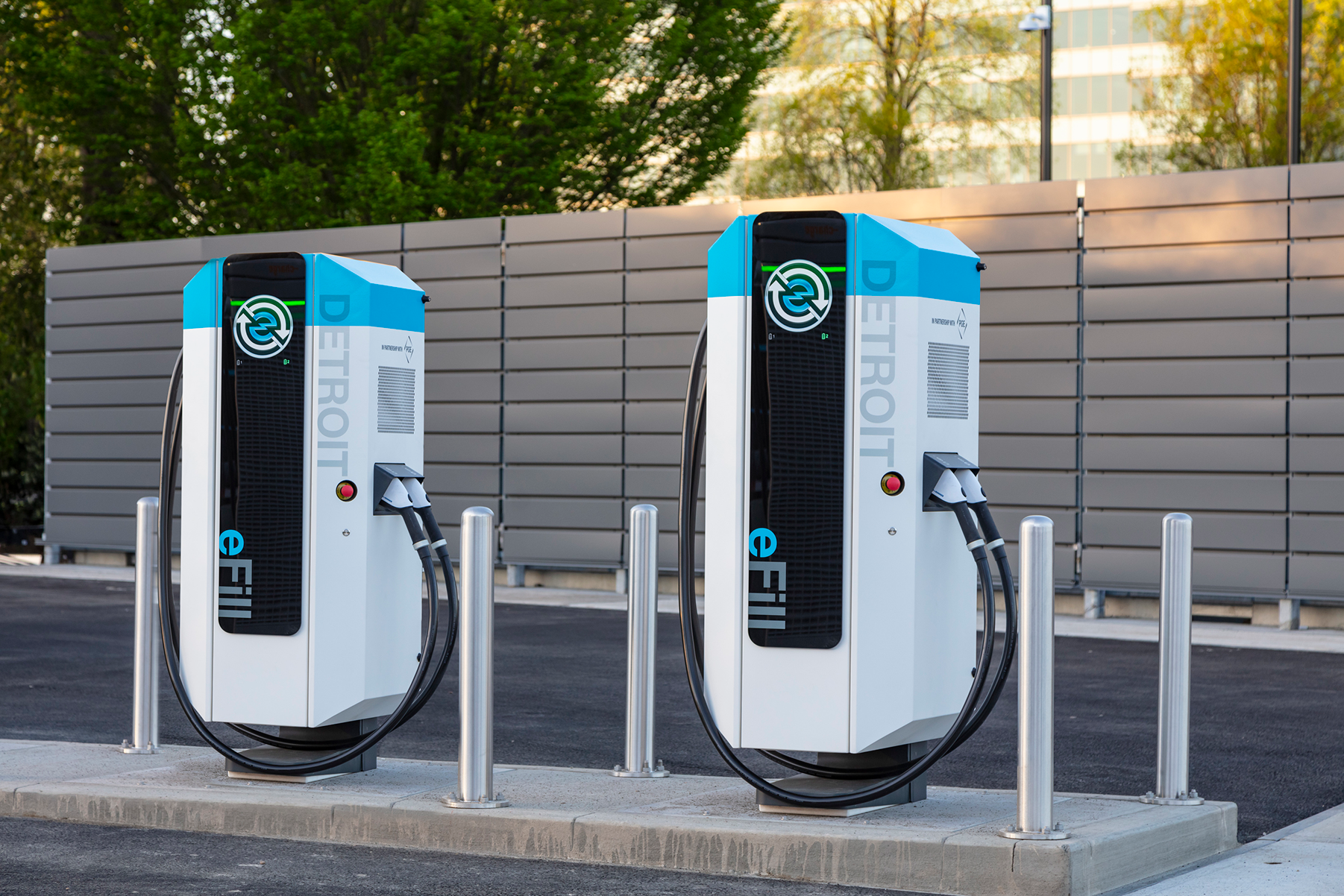
HOW FAST IS EV FLEET CHARGING?
Charge times vary based on your fleet configuration, equipment type and the amount of energy your facility can deliver to your charging stations. While fleets with high vehicle readiness needs require faster charging, many fleets can charge at a lower rate. Known as trickle charging, this approach can help you lower energy costs.
Fleet Configurations: Customized To Move At The Speed Of Your Business.
There are a lot of variables to charging speed, but one thing’s for sure: We will work with you to build the charging solution that meets your fleet’s needs and is easily scalable for the future.
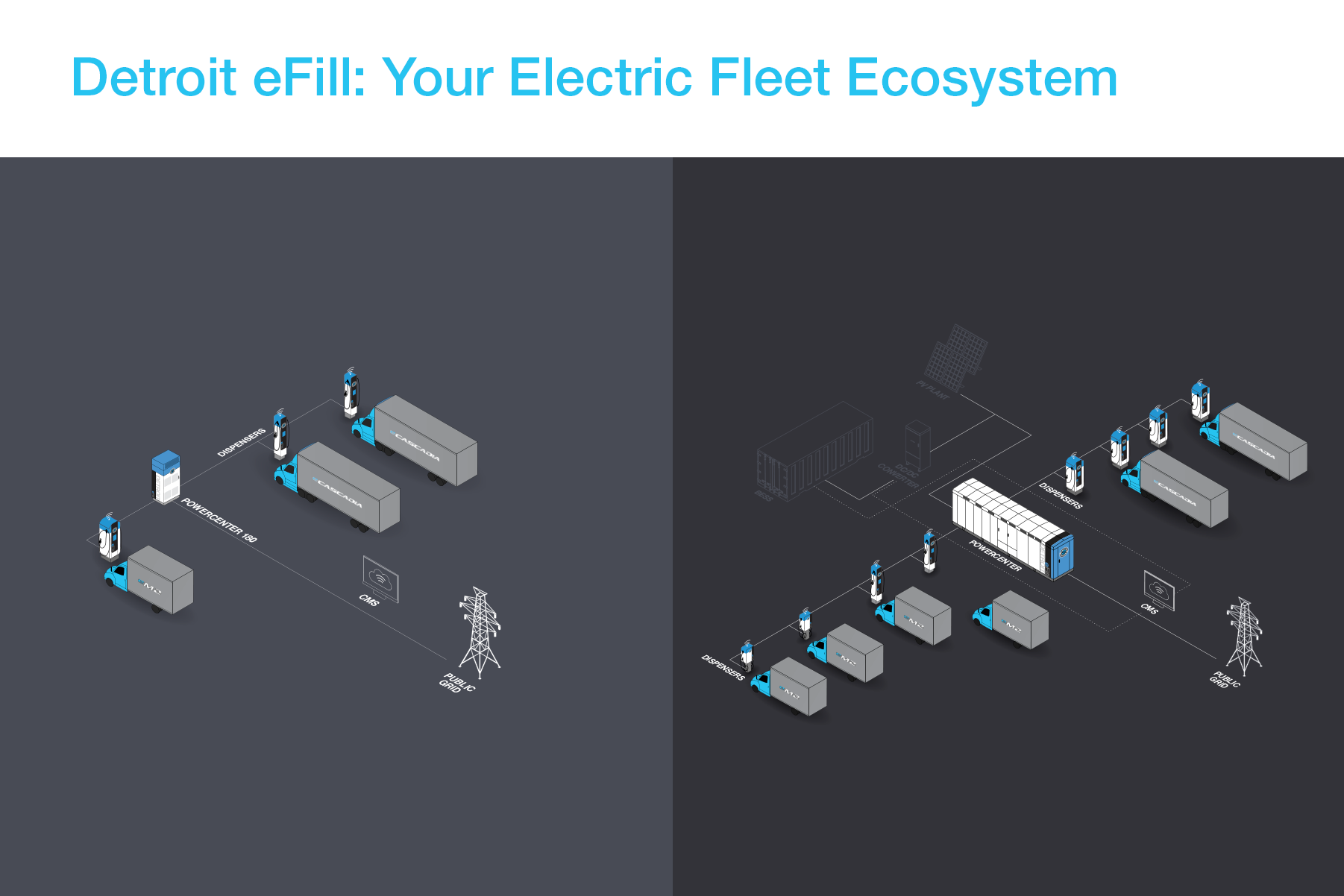
Detroit fleet charging solutions include a central power cabinet that supports charging stations across your site. This setup saves space and is highly customizable to fit any size fleet.
Preconditioning Management Maximizes Efficiency.
Of course, an electric fleet isn’t just powered by fast charging. It’s built on efficient charging. Preconditioning is a vehicle feature that helps you maximize energy efficiency and range, especially in hot or cold weather.
While a vehicle is still connected to the charger, preconditioning automatically cools or heats the Detroit® ePowertrain™ to the optimal operating temperature so that minimal energy is lost at the time of departure. As an added benefit, preconditioning also makes sure that the cab is at a comfortable temperature when the driver arrives.
WHAT IS THE RANGE OF AN EV FLEET?
An electric semi truck’s range depends on a variety of factors. For example, differently spec’d eCascadias can go 155, 220 or 230 miles on a full charge. But regardless of exact range, electric semi trucks are ideal for most regional haul operations, which usually cover about 150 miles daily.
Remove “What If?” From The Range Equation.
It’s easy to plan for your fleet to travel a set number of miles. But what if you need to change the sequence of deliveries or dispatch your 6x4 instead of your 4x2? Fortunately, the eRange Prediction tool removes “what if” from the range equation, making efficient planning and rerouting easy.
Using the Detroit Connect portal, the eRange Prediction tool analyzes vehicle parameters, load information, weather and traffic conditions and road gradients to automatically calculate the remaining range of your trucks, or a hypothetical truck, over the course of a trip. As a result, your electric semi trucks’ range is under your full view and control.

The Road Ahead: Take Your Electric Fleet Even Farther.
With Detroit Connect and Charge Management Services, getting the most out of your electric semi trucks is easier than ever. However, we have plans to help you take your EV fleet even farther with publicly available charging depots across the U.S.
Starting in 2023, Daimler Truck North America will work with NextEra Energy Resources and BlackRock Renewable Power to design, install and operate a nationwide charging network for medium- and heavy-duty vehicles that use battery-electric and hydrogen fuel cell propulsion. These public depots will be located along critical east- and west-coast freight routes as well as and in Texas by 2026.
While home base charging will remain the most cost-effective approach to powering EV fleets over the short term, the availability of public charging sites suitable for commercial trucks will add additional flexibility, enable longer routes and make a world of electric fleets possible.

